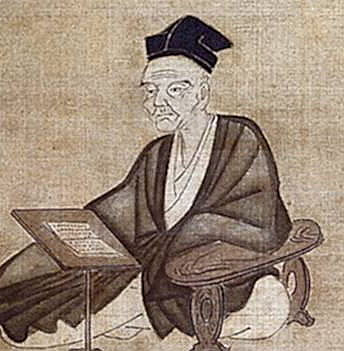

JPN/EAS 380
|

|
 |
Text: Essays in Idleness, Donald Keene, trans.
Monday, Oct. 3rd |
|
Readings: |
Introduction and Episodes 1-136 ( pp. xii-xxii, 3-115) |
Questions to Consider: |
This work has been called the first zuihitsu, a genre which literally means "following the brush" and characterized by drifiting from one topic to the next with the flow of the author's thoughts. But after this text was written, people began to includeThe Pillow Book and Hôjôki under this genre heading as well. What characteristics do these three works share and how do they differ? Do they belong in the same genre? In both The Pillow Book and this work, there is much discussion of aesthetics. In what ways have aesthetic values changed since the time of Sei Shônagon and what has remained consistent?
|
Wednesday, Sept. 28th |
|
Readings: |
Episodes 137-243 (pp. 115-201) |
Questions to Consider: |
The author is a monk who has physically separated himself from the life of the capital. What is his attitude toward the capital and the lives of those who live there from his vantage point as an outsider? What is the significance of the fact that the author is a Buddhist monk? Do his religious views inform his worldview? What attitudes does he share with the author of the Hôjôki, who was also a monk?
|
Back to Main Page |